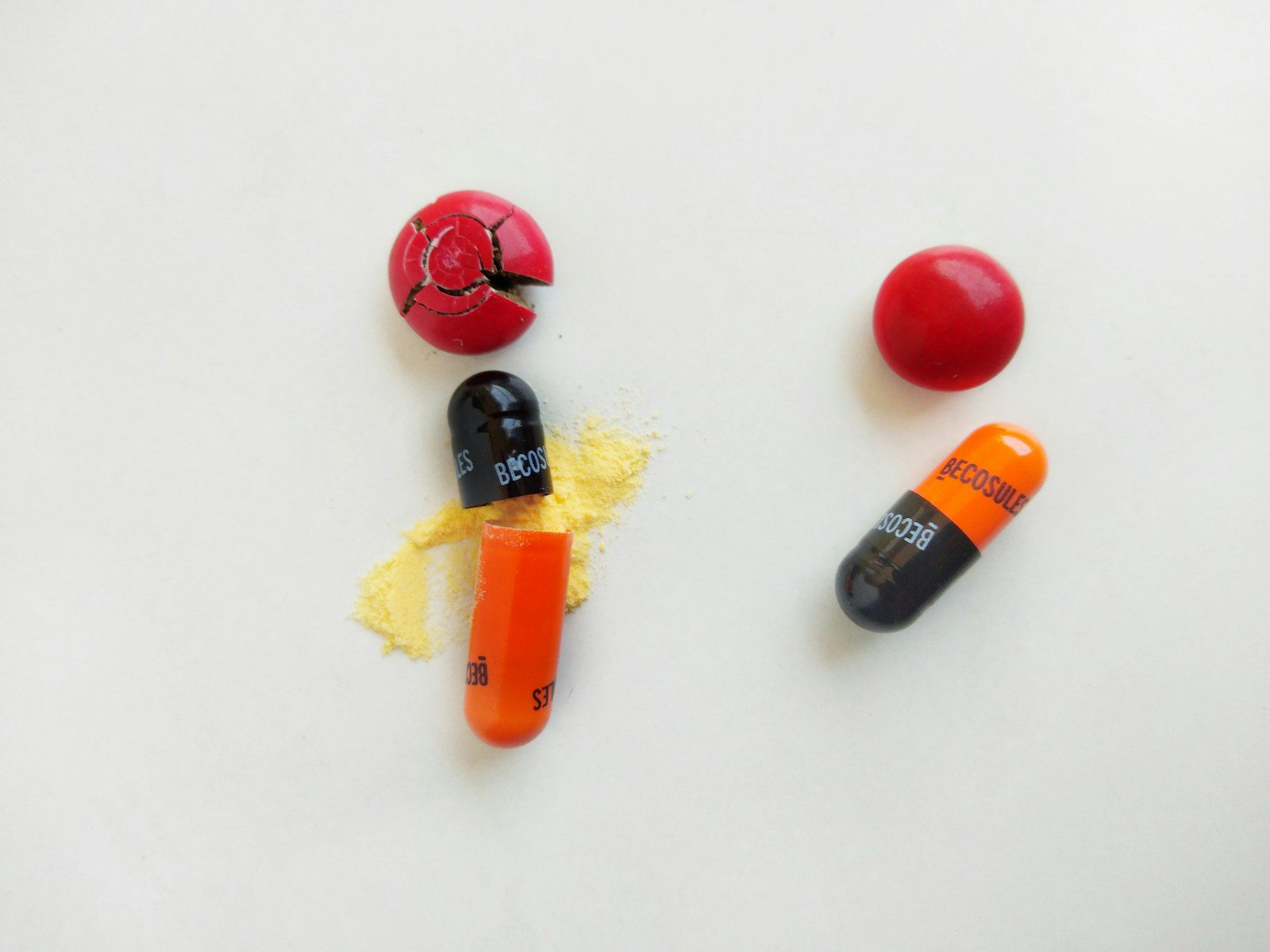My son, at the age of 15, was prescribed OxyConti, suffered years of addiction, and at the age of 32 died alone and in the cold in a petrol station car park. This is the mother of Christopher Tejo speaking, and her testimony appears in chapter number 1 of the series “Painkiller,” which has been available on the Netflix platform for a few days now (you can watch the trailer below).
But let’s take it one step at a time. OxyConti, OxyContin, and Oxycodone are drugs from the same family that are still prescribed to supposedly relieve pain for 12 hours. If you find yourself prescribed it by your GP, before taking it, anywhere in the world or under any circumstances, it would not hurt to read what your country’s Medicines and Healthcare Products Regulatory Agency states.
In the case at hand, the Spanish Agency for Medicines and health products clearly warns about the dangers of taking it. You can find more information at the following link: CIMA :::. PROSPECTUS OXYCONTIN 5 mg PROLONGED RELEASE PACKAGES (aemps.es). After reading it, if you still consider taking this substance, please remember the case recommended in the introduction.
Let’s extract a couple of notes from this information, as all of them are relevant:
The concomitant use of opioids, including oxycodone, and sedative medications such as benzodiazepines or related medications increases the risk of drowsiness, difficulty breathing (respiratory depression), coma, and can be life-threatening. Therefore, concurrent use should only be considered when other treatment options are not possible.
(…) This medicine contains oxycodone, which is an opioid. Repeated use of opioid painkillers can make the medicine less effective (you become accustomed to it, known as tolerance). Repeated use of OxyContin can also lead to dependence, abuse, and addiction, which can result in a life-threatening overdose.
Again, please read the link above carefully to see how much of this information can potentially save your life. Alternatively, I encourage you to read the book “Empire of Pain” by Patrick Radden Keefe, a journalist from The New Yorker, upon which the series “Painkiller” on the Netflix platform is based.
Furthermore, at the beginning of each chapter, viewers will find the testimony of a relative of someone affected by this global “cancer” manifested as a pill. This adds an interesting dimension that enhances the provided information.
Perhaps the only underlying risk for the viewer is to believe that this is a work of fiction, thereby distancing themselves from the true reality, which consists of the thousands, if not millions, of addicts that this compound has generated worldwide, under the shield of pharmaceutical companies, medical representatives, doctors, and dispensers.
Not to mention the countless sinister individuals connected to the trafficking of this drug who supply the addicts once Forensic Medicine has tightened the noose around their necks, only to abandon them afterwards. Another relevant story that has been brought to the small screen and became globally known is “House.” This is the tale of a doctor whose life was perpetually ruined due to his addiction to opiates, especially oxycodone.
In addition to the numerous documents available on the subject, you can also find more information through the now-deprecated series “Dopesick.” This was the initial series on the topic in the USA.
Interestingly, beyond fiction, which frequently incorporates the theme of oxycodone into its plots, even apprehending certain traffickers with contents from any bottle that could be legally obtained from around the world, aside from these two series and the previously mentioned book, there is often limited divulgence of this subject. Why is that?
Perhaps the answer lies within the mentioned book “Empire of Pain.” On the back cover of this book, we find a succinct summary of what lies within:
“The Sackler name graces the walls of the most esteemed institutions: Harvard, the Metropolitan, Oxford, the Louvre… They are among the wealthiest families globally, patrons of the arts and sciences. The origins of their wealth have always been questionable, until it was revealed that they had multiplied it through OxyContin, a potent painkiller that catalysed the opioid crisis in the United States.”
“The Empire of Pain” begins during the Great Depression, chronicling the tale of three brothers in the medical field: Raymond, Mortimer, and the indefatigable Arthur Sackler, endowed with a unique acumen for advertising and marketing. Years later, he contributed to the first family fortune by crafting the commercial strategy for Valium, a groundbreaking tranquillizer.
Decades later, it was Richard Sackler, Raymond’s son, who assumed leadership of the family’s enterprises, including Purdue Pharma, his personal pharmaceutical company. Building upon his uncle Arthur’s assertive tactics in promoting Valium, he launched a drug that was meant to be revolutionary: OxyContin. It amassed billions of dollars, yet ultimately sullied his reputation.
Do you believe the reputation of these ominous characters is of any consequence to the thousands of victims and hundreds of thousands of family members who have witnessed the lives of those ensnared by this drug and its derivatives crumble?
However, the Sacklers don’t seem to be the sole culprits. Perhaps it is time to start disassembling the reputation of certain institutions. Esteemed universities and the aforementioned prestigious museums ought to consider whether having such a name adorning their walls renders them emotionally complicit in this tragedy. And what about many of the world’s media outlets, corporations, and even politicians who, I am sure, have benefited from the support of this family among their donors?
But let me refrain from being the one to state this; rather, let me echo Patrick Radden’s sentiments and conclude with his words:
(page 573 of the book) As I have underscored throughout the book, OxyContin was far from being the sole opioid fraudulently advertised or recognized for its widespread abuse, and my choice to focus on Purdue does not imply that there are no other pharmaceutical companies that do not deserve a fair share of the blame for the crisis. The same can be said for the FDA, the doctors who wrote the prescriptions, the wholesalers who distributed the opioids, and the pharmacies that fulfilled those prescriptions.
(…) All three branches of the Sackler family displayed less than enthusiasm about the prospect of this book being published. Arthur’s widow and her children repeatedly declined invitations for a conversation, as did the Mortimer branch of the family. Raymond’s branch opted for a stance of more active antagonism, even going so far as to hire a lawyer, Tom Clare, who runs a boutique law firm based in Virginia, specializing in intimidating journalists to make stories “die” before they are even published.
I would like to note that the bold text is my addition, and any errors in the text are my own. It is evident that pharmaceutical industries can wield their power to detrimentally affect individuals with certain types of drugs, often employing the euphemism of the greater good, accepted by a complacent media when it comes to investigation, or by a lax healthcare system when it comes to implementing measures, occasionally due to the allure of gifts or perks.
Exercise caution with opiates, regardless of their type. They are addictive and perilous, with dreadful side effects. As indicated by their contraindications, they could jeopardize your health or even your life.
Yet, does the world’s medical and political establishment acknowledge this? It is up to us to ensure that we do not end up, in the end, as a society sedated by the influence of a handful of major pharmaceutical corporations, whose sole interest is a fistful of dollars.
First published in EuropaHoy.News












